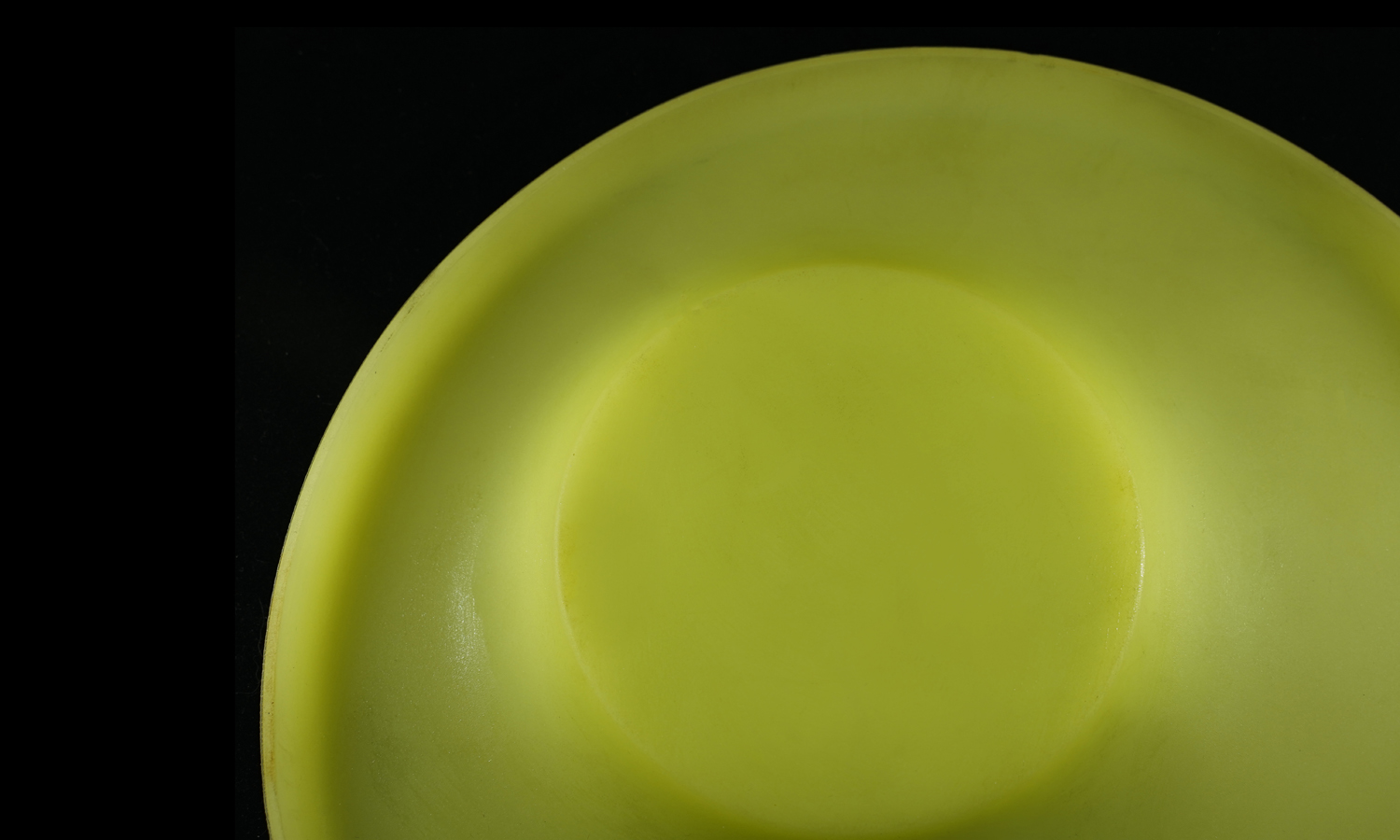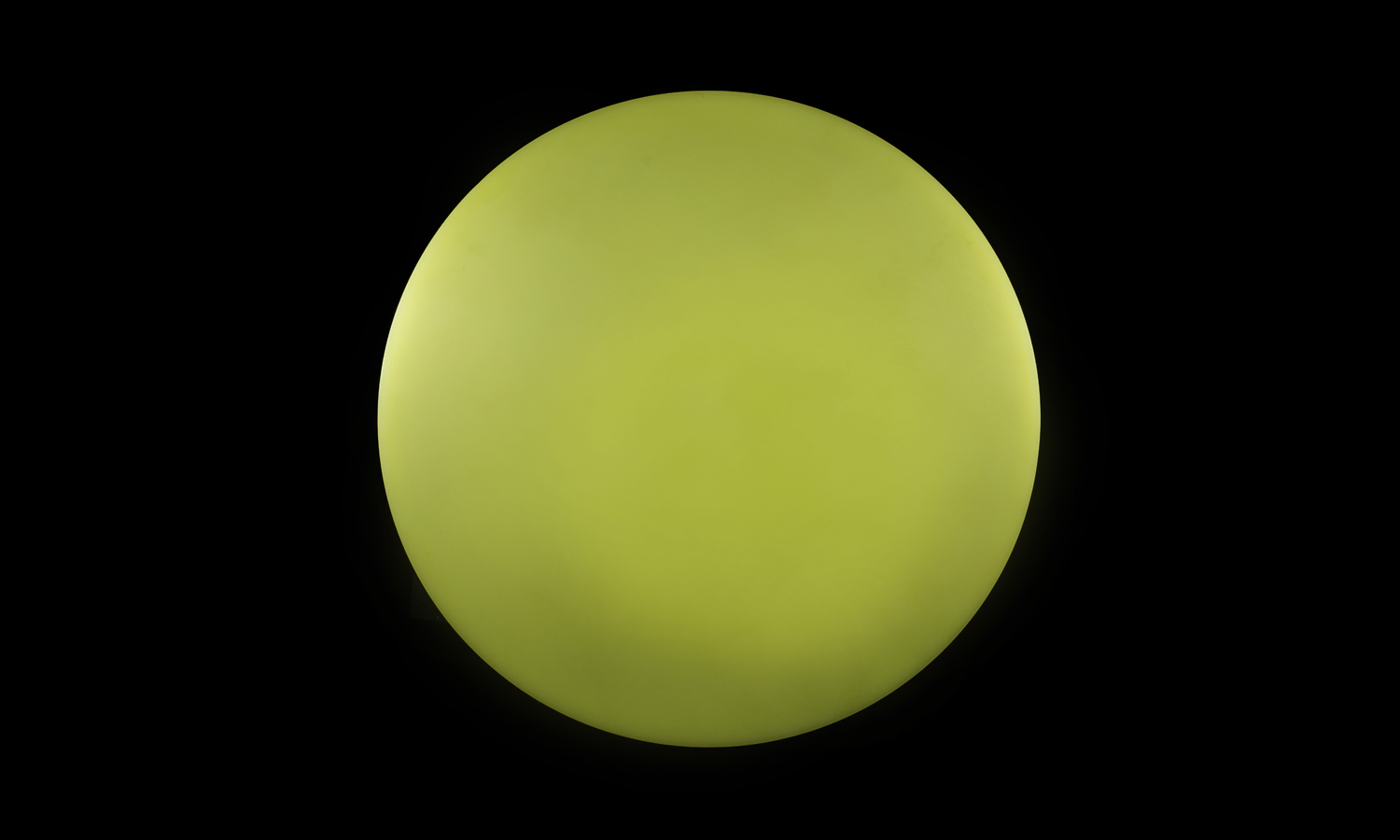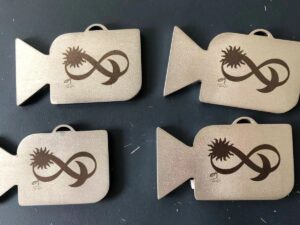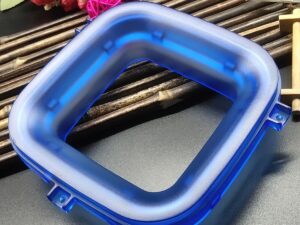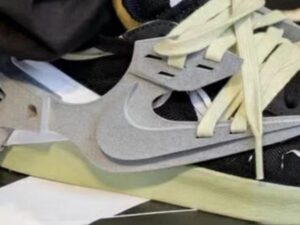- Injection Molded Polyurethane Gear Coupler with Vertical Ridge Design
- SLM 3D Printed Aluminum Alloy Grinding Disc Miniature
Material Rubber
Quantity 10 pcs
Price Range $100-1,000
Lead Time 2 workdays
Gallery
About Project
The world of industrial components is constantly evolving, demanding materials that can withstand rigorous use while delivering consistent performance. Polyurethane has emerged as a frontrunner in this domain, offering a unique combination of durability, flexibility, and chemical resistance. Today, we’re spotlighting an exemplary component crafted from this versatile material: an injection-molded polyurethane disc with a raised cylinder.
This high-quality polyurethane disc sports a smooth and glossy finish on both sides, a testament to the meticulous manufacturing standards employed in its creation. The pristine surface not only enhances its aesthetic appeal but also speaks volumes about its dimensional accuracy and overall quality. Measuring 30cm in diameter, the disc maintains a perfect circular form, demonstrating precision in the molding process.
A key feature of this disc is the raised cylindrical protrusion located eccentricly on one side. This addition isn’t merely decorative; it serves a functional purpose. While the exact application remains specific to its intended machinery, we can speculate on its potential roles. The cylinder could act as a:
- Locating feature: A precise point of contact for alignment or positioning within an assembly.
- Mounting point: Providing a stable base for attaching other components, possibly with a screw or adhesive.
- Bearing surface: Facilitating rotational movement or reducing friction in a specific application.
- Actuator interface: Serving as a contact point for a mechanism that applies force or pressure.
Regardless of its specific function, the raised cylinder enhances the disc’s structural integrity and provides an additional layer of functionality.
Polyurethane’s inherent properties make it an ideal choice for this industrial component. Its resistance to abrasion, impact, and chemicals ensures a long service life even in harsh environments. The flexibility of polyurethane allows the disc to absorb shocks and vibrations, protecting both itself and the machinery it serves.
The precise engineering of this disc makes it suitable for a wide range of applications within industrial machinery and equipment. From power transmission to material handling, this component can contribute to the smooth and reliable operation of critical systems. Its consistent performance ensures that production processes remain uninterrupted, minimizing downtime and maximizing efficiency.
Looking for a reliable partner for your polyurethane injection molding needs? Look no further than FacFox! We specialize in producing high-quality polyurethane parts with exceptional precision and consistency. Our expertise in injection molding ensures that your designs are translated into functional products that meet your exact specifications. From concept to creation, FacFox is your one-stop solution for custom polyurethane components. Contact us today to discuss your project and discover the possibilities of polyurethane!
Solution
- Step 1: The mold was designed and fabricated. A detailed mold, incorporating the negative shape of the disc and its cylindrical protrusion, was meticulously designed and then fabricated from a durable material, typically steel or aluminum. This mold served as the foundation for the entire process.
- Step 2: The polyurethane resin was prepared. The specific polyurethane resin, chosen for its desired properties like hardness, flexibility, and chemical resistance, was carefully measured and prepared. Often, this involved mixing two or more components together according to specific ratios.
- Step 3: The mold was prepared for injection. Before the resin could be injected, the mold was prepared. This often involved applying a release agent to the mold cavity to facilitate easy removal of the finished part. The mold halves were then clamped together securely.
- Step 4: The polyurethane resin was injected. The prepared polyurethane mixture was then injected into the mold cavity under pressure. This injection process ensured that the mold was completely filled, capturing all the intricate details of the design, including the raised cylinder.
- Step 5: The resin was cured. The filled mold was then subjected to a curing process. This involved maintaining the mold at a specific temperature for a predetermined period, allowing the polyurethane to undergo a chemical reaction and solidify into the desired shape.
- Step 6: The part was ejected. Once the curing process was complete, the mold was opened, and the solidified polyurethane disc was carefully ejected. The release agent applied earlier facilitated the removal of the part without damage.
- Step 7: The part was inspected. The ejected disc was then thoroughly inspected for any defects, such as voids, surface imperfections, or dimensional inaccuracies. This quality control step ensured that only parts meeting the required standards proceeded further.
- Step 8: Finishing operations were performed (if needed). Depending on the specific requirements, some finishing operations might have been performed. This could include trimming any excess material, smoothing edges, or applying a surface treatment.
- Step 9: The finished part was packaged. Finally, the inspected and finished polyurethane disc was carefully packaged to protect it from damage during storage and transportation. It was then ready for delivery and integration into its intended application.

